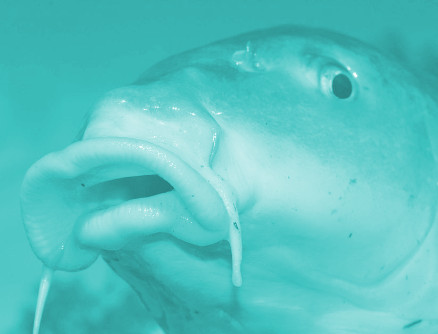Carp plan criticised
 Researchers say giving carp herpes may not be that effective.
Researchers say giving carp herpes may not be that effective.
The Federal Government has a plan to release cyprinid herpesvirus 3 (CyHV-3, or koi herpesvirus) among the large numbers of introduced common carp that inhabit and dominate Australia’s waterways, in an effort to reduce their numbers and aid the recovery of native species.
Dr Jonathan Marshall from the Australian Rivers Institute says CyHV-3 can have a devastating effect on farmed carp populations, the broader number of variables at play in the wild, including carp biology, the virus' pathogenesis and the ecology of local rivers, mean a release of koi herpesvirus may not achieve the anticipated outcome.
Due to both the genetic resistance of carp and the environmental dependence of CyHV-3 - the disease develops at 16° to 28°C, while temperatures above 30°C will block infection and aid the development of immunity - the researchers suggest more work should be done before undertaking an expensive and irreversible large-scale release.
Mitigating factors in the virus' efficacy include the fact that infected carp will seek refuge in warm water, their high fertility likely then leading to a surge in immune or genetically resistant fish as affected waterways are repopulated.
Dr Marshall’s team also asserts there is little evidence that the virus does not already exist in Australia, given its incidence in carp populations prior to their introduction to the country.
Although there has been a lack of mass carp deaths related to CyHV-3, the researchers suggest this may be reflective of a lack of environmental cofactors.
They cite the case of Japan, where CyHV-3 monitoring has been conducted since a mass death in 2004 at Lake Biwa, which has found a continued high rate of infection "without obvious effects".
Dr Marshall and his co-authors suggest that further assessments should be made on multiple fronts, including demonstrating that the virus is not already active among local carp populations.
They also recommend the use of small-scale field trials to confirm that CyHV-3 can result in sustainable reductions in carp populations without adverse impacts on native species, or the development of alternative approaches altogether, including the release of 'daughterless' fish, to better control such populations in the long term.








 Print
Print